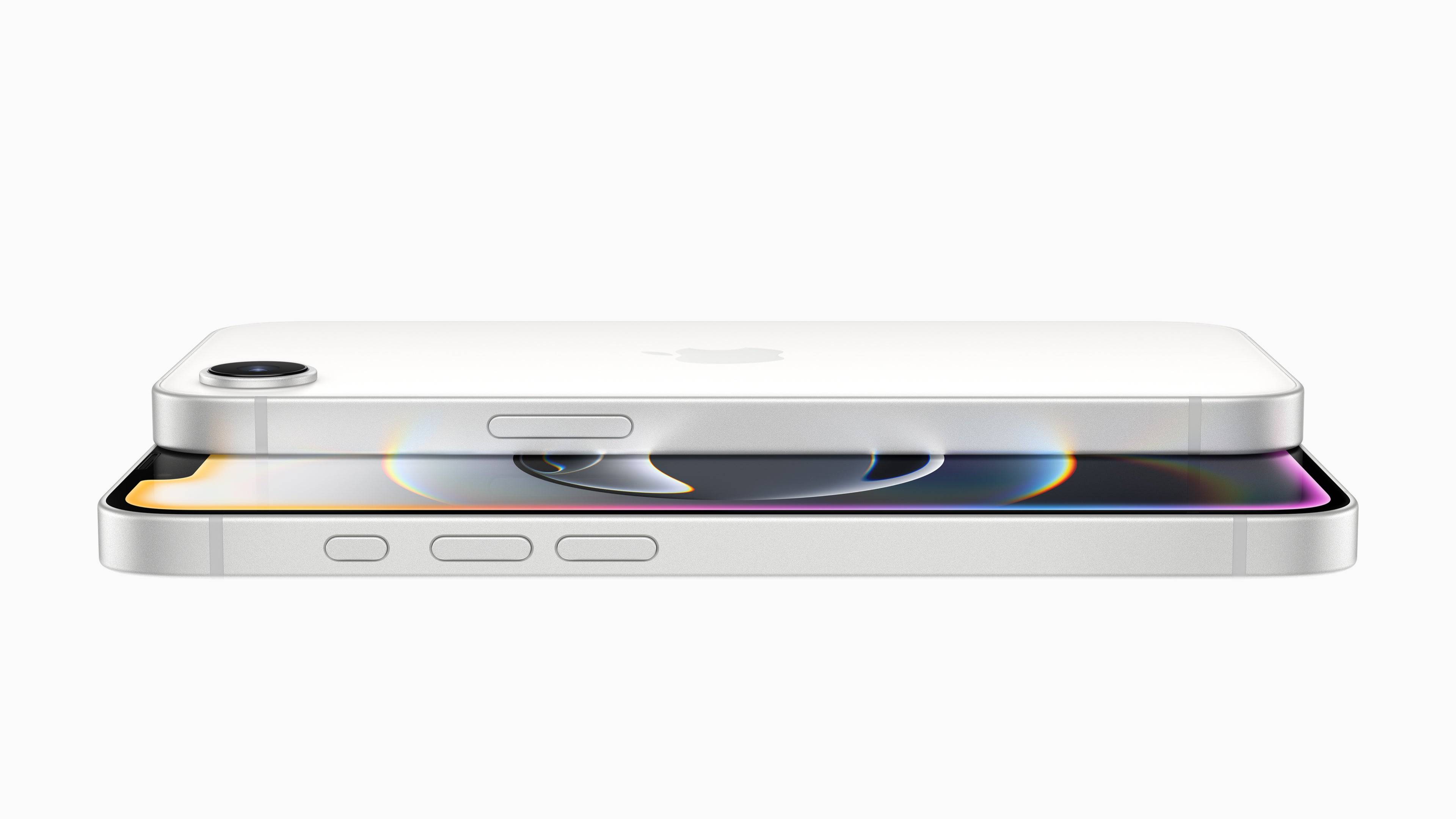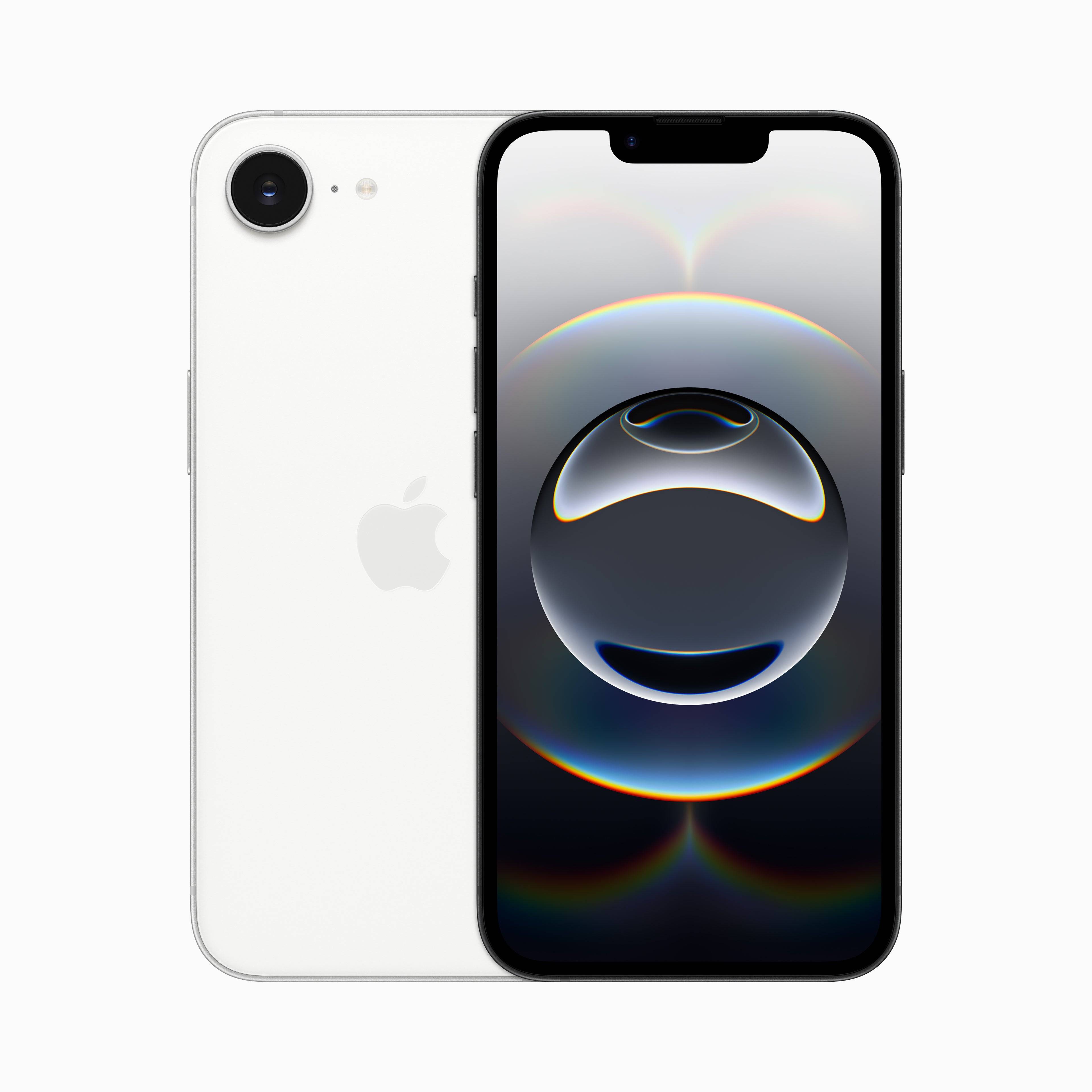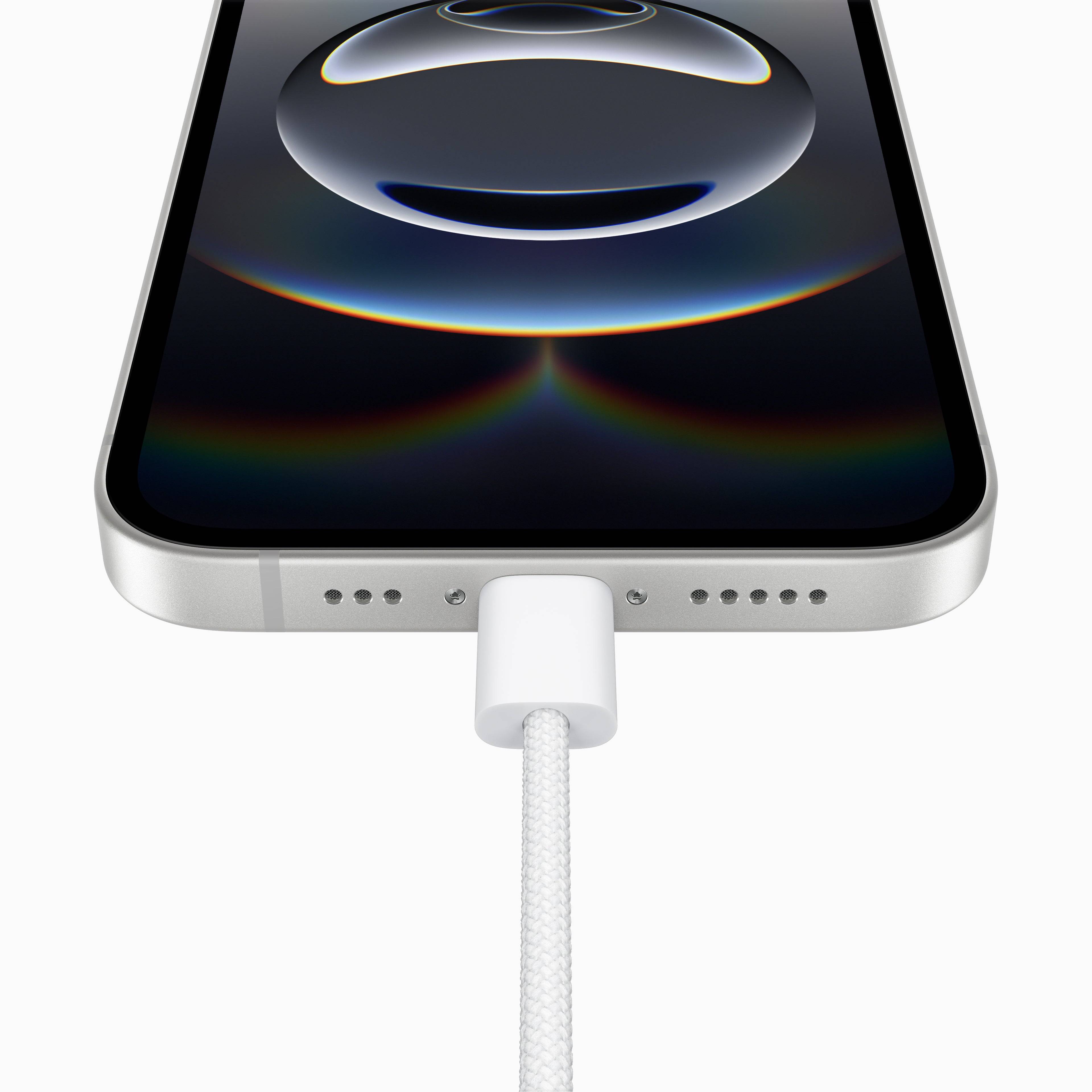On Wednesday morning, Apple unveiled the iPhone 16e, now the most affordable model in its current lineup. This new device replaces the 2022 iPhone SE as the budget-friendly option, though it marks a shift from the substantial discounts the SE line was known for. Priced at $599, the iPhone 16e narrows the price gap with the $799 iPhone 16 released last fall. Pre-orders for the iPhone 16e start on Friday, Feb. 21, with the official release following a week later on Friday, Feb. 28.
The iPhone 16e introduces Apple's new C1 cellular modem, marking the company's first foray into in-house modem technology. Apple has enjoyed significant success with its custom chips, such as the M1 series in computers and the A-series in mobile devices. The modem is a crucial, yet often overlooked component of smartphones, and any issues with the C1 could lead to connectivity problems. Apple's history with the "Antennagate" scandal, where the iPhone 4 faced signal strength issues due to antenna design, underscores the importance of ensuring robust connectivity in the iPhone 16e.
iPhone 16e

 4 Images
4 Images

From the front, distinguishing the iPhone 16e from the iPhone 14 is challenging. It features the same 6.1-inch OLED display with a 2532x1170 resolution and a peak brightness of 1,200 nits. Although this is less sharp and bright compared to the iPhone 16, the iPhone 16e includes the Action button and a USB-C port, though it lacks the Camera Control feature.
The back of the iPhone 16e stands out with its single 48MP camera, reminiscent of the iPhone SE. While it shares similarities with the iPhone 16's main camera, certain advanced features like sensor-shift stabilization, the latest Photographic styles, and adjustable focus in portrait mode are reserved for the higher-end model. The front-facing camera, however, remains the same, bringing Face ID to the iPhone 16e.
The iPhone 16e's construction includes an aluminum frame, a glass back, and Apple's Ceramic Shield on the front. Although Apple touts Ceramic Shield as "tougher than any smartphone glass" in its press release, it's important to note that a newer version of Ceramic Shield, claimed to be "two times tougher," has been introduced. This raises questions about the durability of the older Ceramic Shield used in the iPhone 16e, especially given the noticeable wear on the display observed in the iPhone 16 review.
Internally, the iPhone 16e showcases Apple's strategy of product differentiation. While the iPhone 16 and 16 Pro diverge with the Pro models featuring an A18 Pro chip with enhanced speed and GPU cores, the iPhone 16e comes equipped with an "A18" chip. However, it includes a 4-core GPU instead of the 5-core GPU found in the iPhone 16. This suggests a performance gap, though the inclusion of the Neural Engine ensures access to Apple Intelligence features.
The iPhone 16e represents a compromise to achieve a lower price point compared to other models in Apple's lineup. While not overly compromised, its $599 price tag is less of a discount than earlier iPhone SE models. The 2022 iPhone SE, for instance, launched at $429 with the same chip as the then $799 iPhone 13, offering a nearly 50% discount despite its dated design. The iPhone 16e, based on a design that's just a couple of years old, may struggle to attract buyers outside the Apple ecosystem, especially with competitive Android options like the OnePlus 13R available around the $600 mark.
















